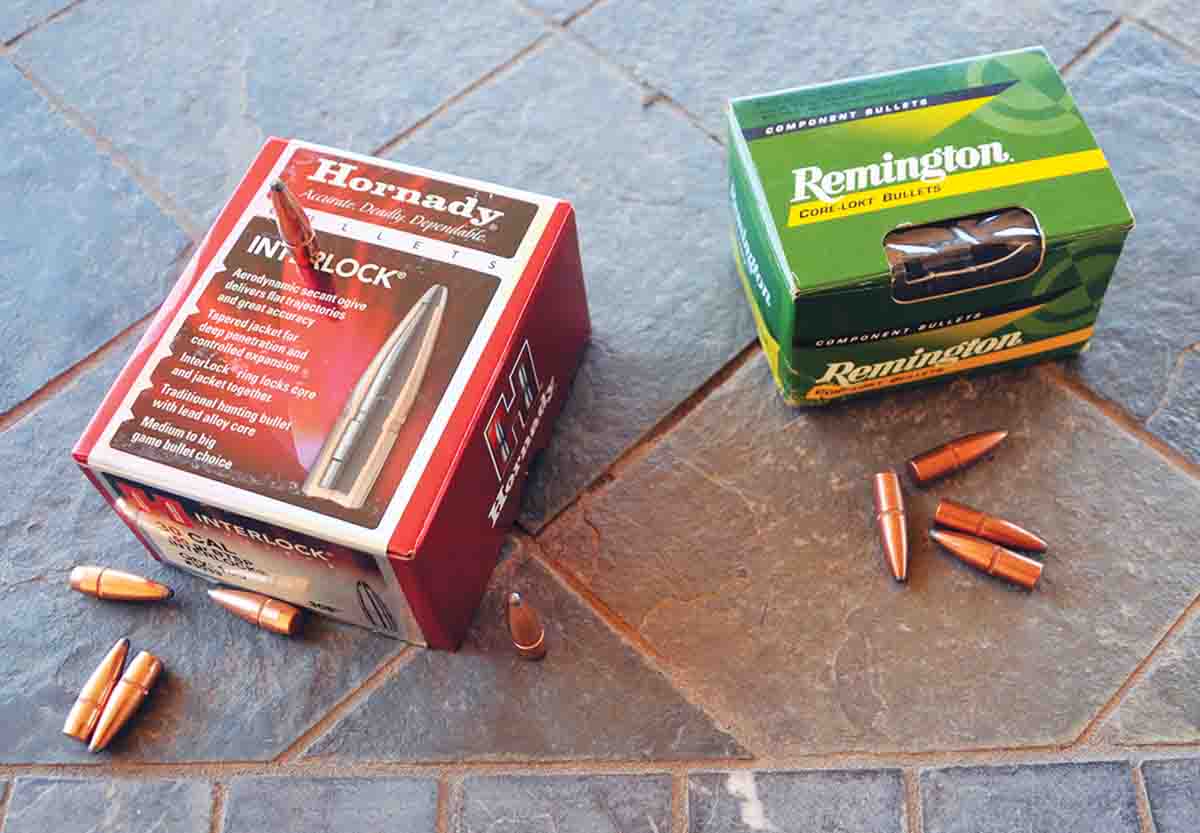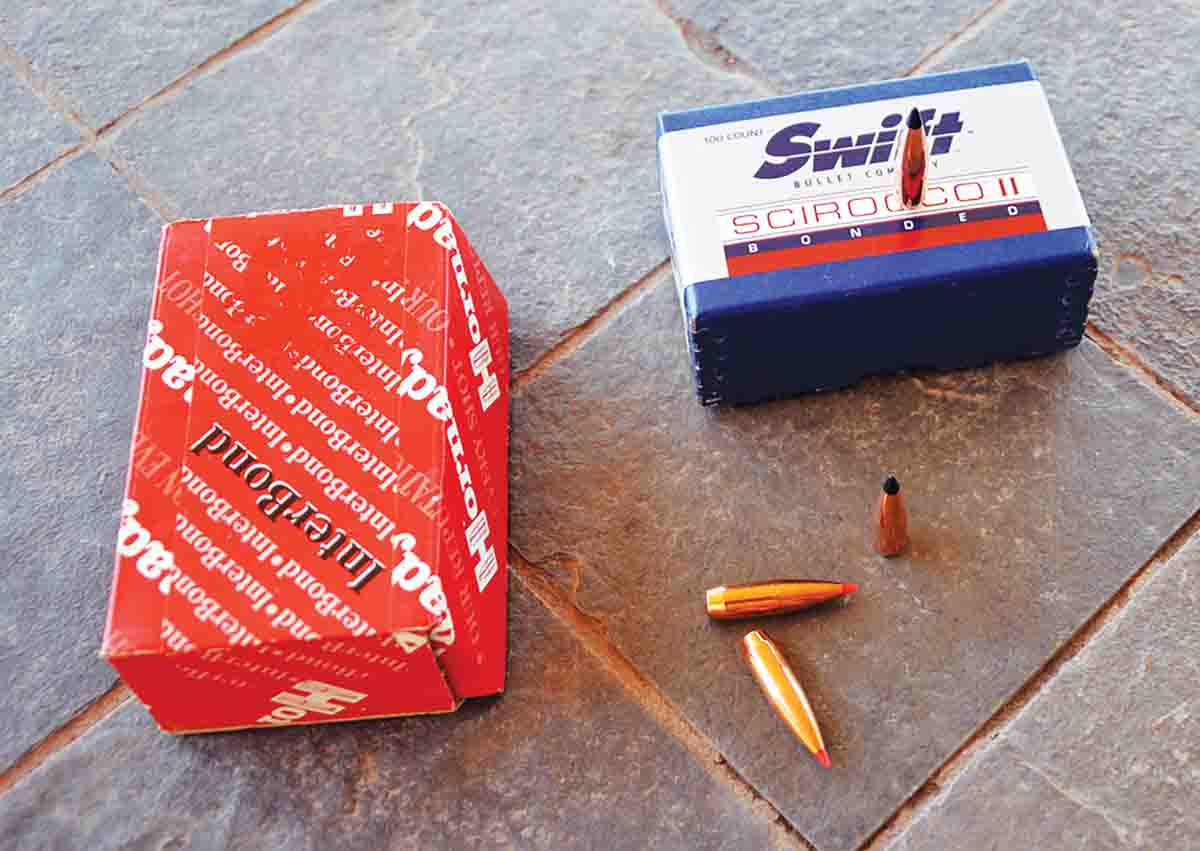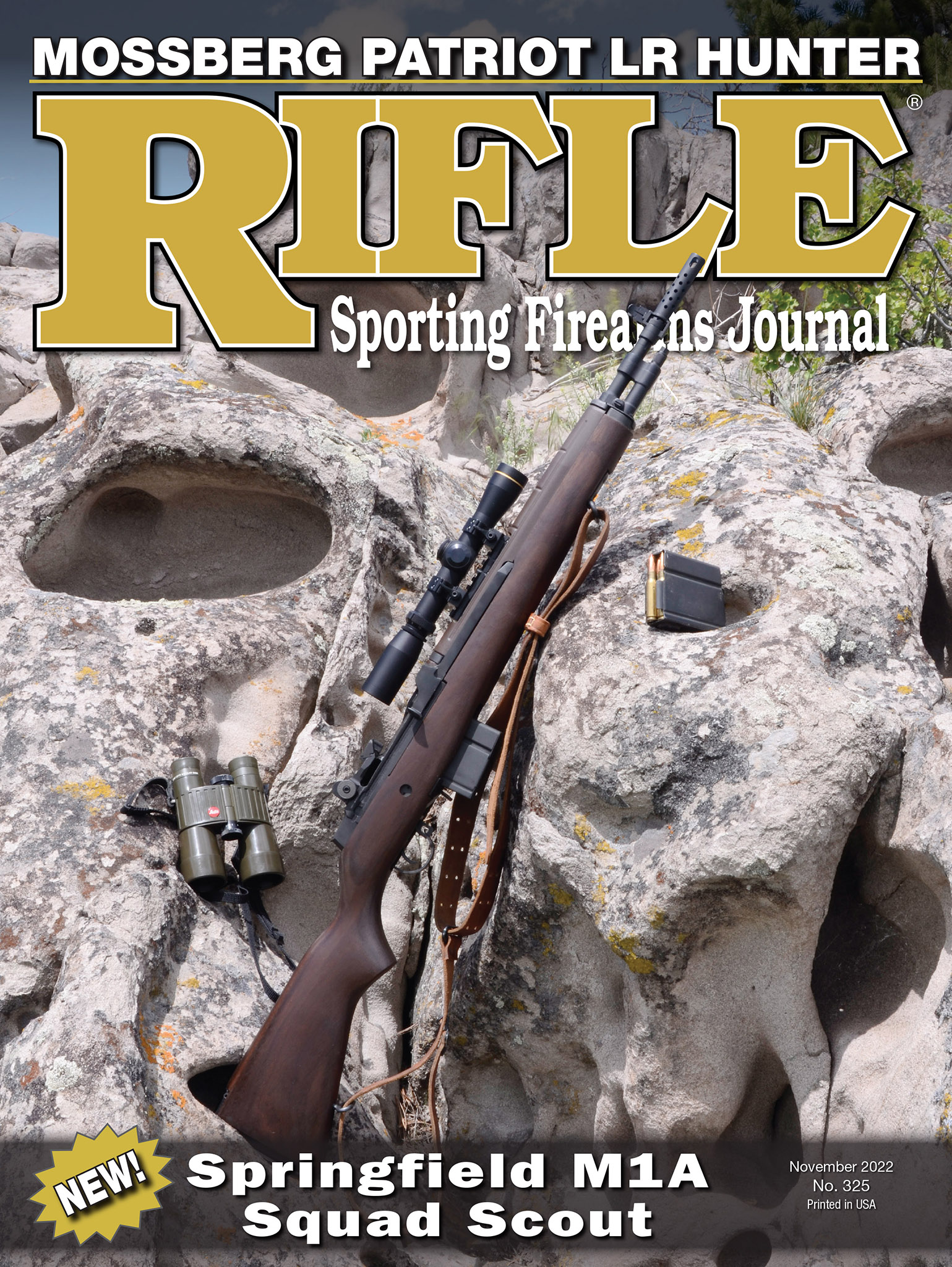Lock, Stock & Barrel
Loaded for Hogs by Mail
column By: Lee J. Hoots | October, 22

When still living in California, I had the unusual opportunity to hunt hogs in the Central Valley throughout the years (public and private land), and learned that the rankest boar or largest sow could be killed with just about any usable cartridge, providing the shot was decent. Thus, I got my hands on as many rifles I could, chambered from the .300 Winchester Magnum on down to the traditional 6mms. So what is a reasonable cartridge? It’s the one the hunter shoots best. If that happens to be a .243 Winchester, so be it.

What I learned over years was that bullet and shot placement are, and remain, the most important component in bringing down the largest boar hogs, especially those cranky, dirty ones that sport long tusks. After having killed nearly 100 pigs, three or four having long tusks, I started hunting only sows for meat. The thrill of bringing down big tuskers had faded a bit, but I still enjoyed hunting and could use or donate the sow meat. Even hunting only sows, I still used bullets that provided great penetration, no matter the type or brand. A bullet that doesn’t penetrate results in a wounded animal that has to be trailed, often into the most impenetrable brush. Fortunately, today there are more good bullets to choose from, and many of the currently available bullets offer deep penetration for even the heaviest boar or sow. Not all of them can be listed, so here are some preferred traditional options, all of which I have used over the years.
The Nosler Partition has been in use since 1948 and the current version is far better than all previous versions. As a premium bullet, it provides deep penetration on the largest boar hogs, and many riflemen who choose to pursue only rank, old tuskers wouldn’t think of using any other bullet. Though I have less experience with Swift A-Frame bullets when hunting wild hogs, using this ammunition, I once shot a large pig at nearly 300 yards and watched it roll down a canyon to the bottom – dead. The A-Frame left a clean, round hole that stretched from the ribs to the offside rear end, the point of aim. Both the Nosler Partition and Swift A-Frame are excellent feral pig bullets, but there are many other options.
Tipped Bullets
Some of my preferred feral hog bullets are those with tipped points that allow both quick expansion and deep penetration, which is vital if a hunter needs to follow a blood trail. When Hornady introduced its Inter-Bond, the first hog I shot with it was a fat tusker in Texas, that upon taking the bullet, ran 40 yards before falling over. That bullet was (and is) accurate and was used to cleanly take several hogs in three states with several different rifles/cartridges. Another excellent, tipped bullet is the Swift Scirocco II, an updated version of the original Swift Scirocco made for hunters who want to stretch their shooting distances. The Swift Scirocco II is a great option for any hog hunter.
Overlooked Bullets
Largely due to all the new, trick, high-ballistic coefficient (BC) bullets that have come online in the last few years, capturing the interest of handloaders, hunters and editors, it seems that a great many hog hunters are overlooking some very good bullets. It’s a shame to ignore such bullets as the Remington Core-Lokt or Hornady InterLock. These bullets, and others, have been bringing down big game for many years. These were, in fact, the first bullets I used to bring wild pigs to bag and they work just as well now as they did when I was young. The singular reason I have always liked all of the bullets noted here is that they plow through fatty tissue and bones, expand and nearly always leave a blood trail.
Hunting feral hogs is not only recreational, it provides a means to help control the proliferation of feral hogs. Every year, these animals do many thousands of dollars’ worth of damage in every state they inhabit and their territory is expanding. They are an invasive species brought as livestock to North America by early Europeans, and stock that escaped the farmer became the feral hogs we hunt today. Their present abundance and destructiveness is the reason there is no season on feral hogs. Consequently, the feral hog hunter is assisting in preservation of crops, grazing land, woodlands, parkland, government preserves and wildlands.


